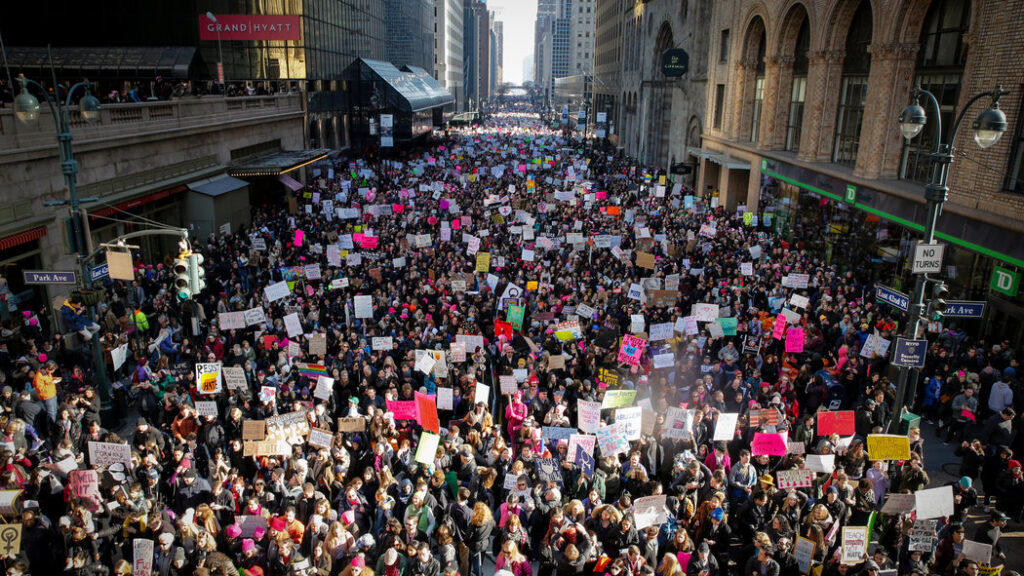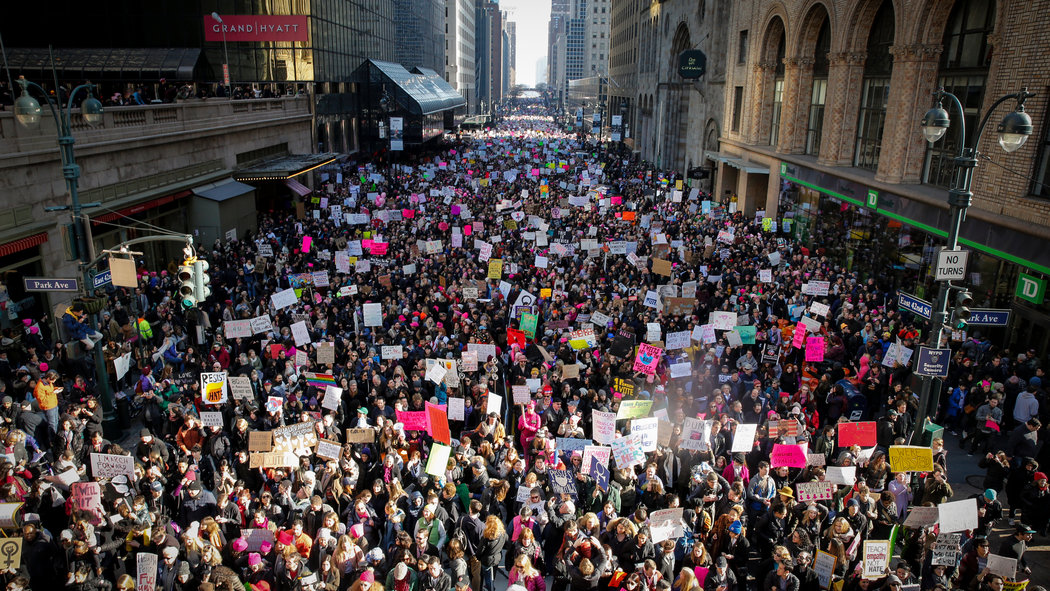One of the most obvious factors when it comes to the success of your protest is how many people show up! But how big of a difference does this actually make, and what kind of differences can it make?

Do bigger protests cause more change?
The short answer is: not exactly. The overall research says that generally, larger protests are more likely to gain attention, and consequently be successful. But in reality, protest wise tends to interact with a lot of other factors, making the truth a little more complicated.
When are large protests not effective?
One issue with larger protests is that they can often be predicted by the government, or whomever you are protesting. Since large protests require more planning and coordination, this gives the opposing side an opportunity to learn that the protest will be happening, before it actually happens. This predictably can be harmful for protest success. One study explored this by looking at Muslim majority countries that tended to have larger protests on Fridays, because communities often were already brought together on Friday for worship. The researchers realized that previous studies that showed large protests were more successful were unable to show that protests that were more likely to be successful had more participants supporting the issue. Essentially, there is a chicken and egg problem – do large protests lead to policy changes OR does increased likelihood of policy changes encourage more people to hop on the bandwagon and go protest. In statistics, this is called the Endogeneity Problem and the researchers solved this issue using Fridays as an exogenous variable (Learn more about the Endogeneity Problems and exogenous variables here.) Explained quickly, Fridays have no impact on how many or what types of policies governments pass, but in Muslim countries, because Friday is a day of worship and communities already congregate on Fridays, it does impact the size of protests. Statisticians can use the relationship between Fridays and protest size to create a set of predicted data measuring protest size. Then, they use that predicted data to study the relationship to policy concessions, solving the Endogeneity problem. Surprisingly, the results showed that larger protests decreased the amount of government concession, meaning in this case, larger protests were less successful. It seems likely that this is because on Fridays the government expects protests to happen because it is already convenient. If communities are already getting together to worship on Fridays, it creates a convenient opportunity for activists to turn these congregations into social protests. But because it is convenient and predictable, politicians seem to interpret these protests as less meaningful or important. In contrast, smaller protests that required more work from activists conveyed a greater sense of issue importance, making the government more likely to listen to those demands. This phenomenon is similar to how disadvantaged people have an advantage while protesting, which you can read more about here. This means that while large protests can be advantageous in certain ways, you should think about the extent to which the large size of the protest may be because of convenience which could send a message to the government that people don’t actually care about the issue. Protests that are large AND unpredictable are best.
When are large protests most effective?
If your goal is not to pass specific legislation, but more to increase public awareness of your issue, large protests are useful. Research shows that larger protests get more media attention than smaller ones. This paper explores the ways different protest tactics influence media coverage of the issue in the short and long term. The researchers predict that media coverage changes over time and that certain factors can increase the chances of an issue being talked about for a longer period of time. The four factors the researchers study are protest size, extent of social/political conflict, violence, and trigger events. They use data from several different protests across several countries to study this. Specifically, they compare each factor to the short and long term media coverage of the protest issue. They find that having a large protest is the most effective at generating media coverage long term. In contrast, violent protests had a lot of coverage in the short term, but then quickly lost media support in the long term. (Refer to violence vs. non-violence to learn more about the specifics of this tactic.)The other two factors also did not lead to long term coverage. Thus if the activists want a lot of short term coverage, violent protests would work. However, if activists want more sustained long term coverage, which tends to lead to more legislative and social success, they should focus on getting a large turnout.

Leave a Reply